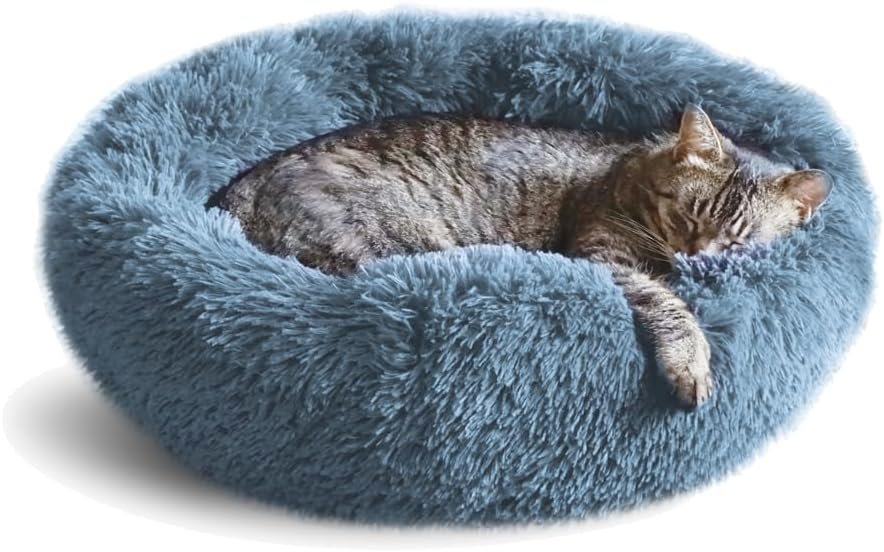The Importance of Whiskers
Whiskers are not just adorable features on your cat’s face; they serve several essential purposes. These sensory tools help cats navigate their environment by detecting changes in air currents and measuring spaces they might want to squeeze through. The longer the whisker, the wider the space the cat can comfortably fit into. It’s like having built-in rulers!
Signs of a Happy Cat
When you observe your cat, notice how their whiskers react. Forward-facing whiskers generally indicate curiosity or excitement, while whiskers pushed back against the face can mean they’re feeling threatened or scared. Monitoring these little signals can provide insights into their mood and overall well-being.
Whisker Fatigue: A Real Issue
Believe it or not, whiskers can sometimes get tired! This phenomenon, known as ‘whisker fatigue,’ occurs when a cat’s sensitive whiskers are overstimulated, often due to a narrow food bowl or excessive petting. If you notice your cat showing signs of distress while eating or playing, it might be time to reconsider their feeding setup. Always ensure that your furry friend’s whiskers have some space to breathe!

